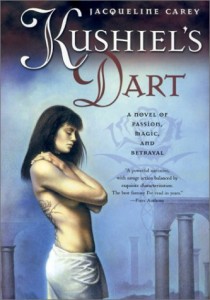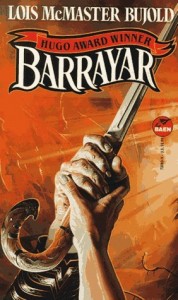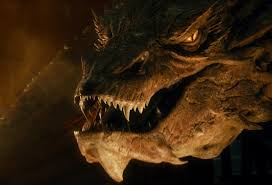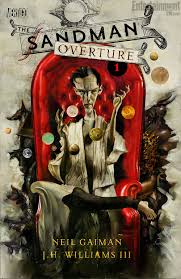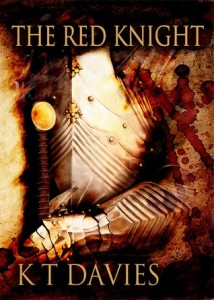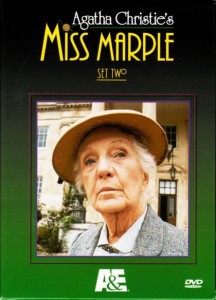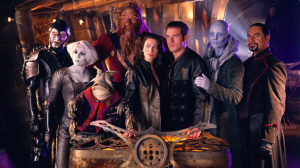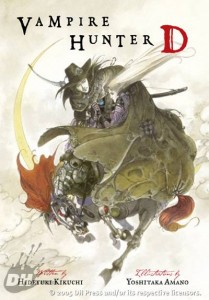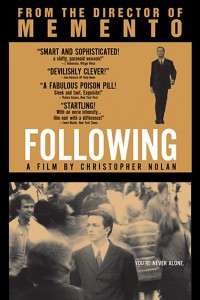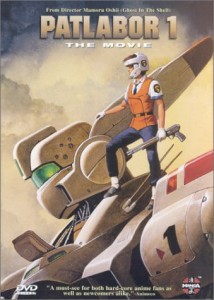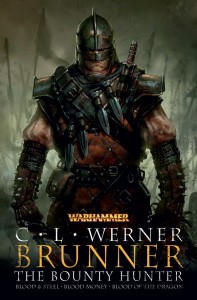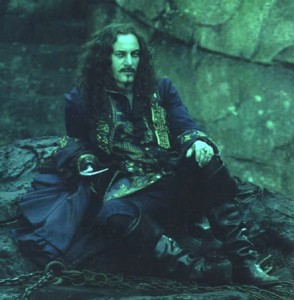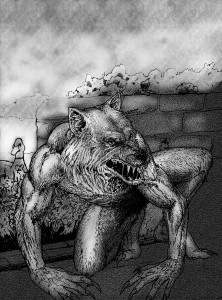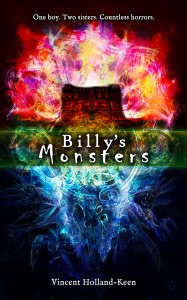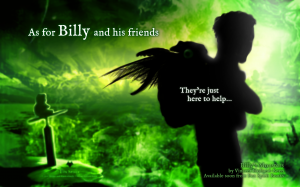Please send your Foxy Friday recommendations to submissions@foxspirit. co.uk, now over to Kate.
For 2015, I’ve resolved to review and recommend more works of fiction with diverse casts which feature issues of diversity as character notes rather than plot points. I want to see these characters starring in gripping stories which don’t necessarily revolve around their experiences of being a person of colour, a non-heterosexual, a transgendered person or someone struggling with illness. For my Foxy Friday, I’ve chosen five works that are gloriously entertaining which also provide a platform for characters who don’t fit in and aren’t necessarily trying to. Here’s my celebration of the misfits, the geeks, the sex workers, the BDSM community, the people of colour, the working classes, the chronically ill, the injured, the disenfranchised women, the old folk and my hope for everyone who may have struggled to find a story with a central protagonist who is just like them.
Fantasy Novel
Kushiel’s Dart by Jacqueline Carey
Give me this over any 50 shades book any day! A wonderful and complicated political intrigue, set in a world where sex work is considered an honourable career choice. So refreshing to read a fantasy book set in a world where women can enjoy power within sex, where their right to say ‘no’ is sacred and their wish to enjoy physical pleasure is not shamed. If you are looking for a book which respects diversity in sexual taste and also tells a compelling story, this one is for you.
Short Story
Chivalry by Neil Gaiman
I love old tales and legends, myths that have endured and seeped into our consciousness. In this story, I loved the idea that they are still here, not strange and distant but part of our own small worlds of charity shops, families and daily life. This story reminds me that the fantastical can be part our everyday lives, and that our everyday lives can be improved for their accidental brushes against it. It also reminds me that not all heroines are necessarily young and beautiful, although they may still remember the days when they once were.
Fantasy Novella
Barrayar by Lois McMaster Bujold
#WeNeedDiverseBooks and this one is a great starter! Cordelia Vorkosigan, plunged by marriage into an archaic, socially divided world, struggles to fit into her new home. She faces prejudiced behaviours which are new to her, including sexism, homophobia, institutional class bias, poverty and ableism. With help from a misfit band of social outcasts, Cordelia defies these social rules and restrictions, a course of action which culminates in a covert mission to rescue her infant son during a revolution and change the world for all future generations of Barrayarans.
TV Series
Spaced
Priot to becoming megastars with epic geek credentials, Simon Pegg and Nick Frost starred Spaced. With only two series, each containing six half-hour epsiodes, you could watch the lot in an afternoon. Meet Tim and Daisy, two artistically inclined and utterly hapless twenty-somethings, who along with their diverse cast of friends and acquaintances are trying to avoid growing up. Each episode is a miniture jewel, littered with delicious geeky references to sci-fi, fantasy, horror and all things cult and classic. If you’re a young geek who hasn’t figured out where life is going yet – watch Spaced, and know that you’re not alone.
Film
Attack The Block
Forget the army, forget the police – it’s up to a South London gang of teenage hoods to save their neighbourhood from an alien menace. Clueless but determined, lead by Moses (John Boyega, now confirmed for a lead role in Star Wars VII), the gang aim to defend their territory with a little help from a nurse, a couple of drug dealers and some teenage girls. Attack The Block is a raucous comedy, but also touches on more serious issues, such as racism, crime, child neglect, poverty and distrust of the police, alongside positive ideals such as honour, bravery and loyalty.

